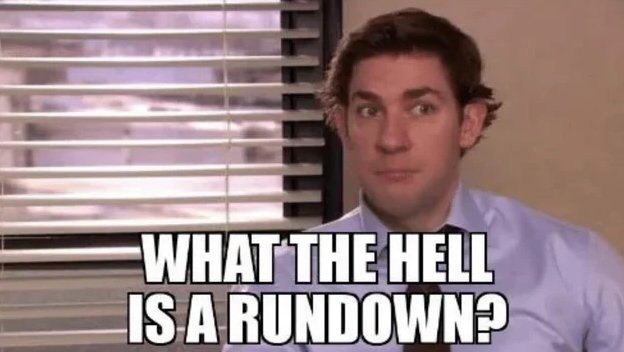This Brené Brown Concept Will Transform Your Fundraising and Boost Support for Your Arts Organization
"When we have the courage to walk into our story and own it, we get to write the ending." - Brené Brown
I’m a big believer in Brené Brown’s work, especially Dare to Lead, where she explores embracing vulnerability in leadership to build trust, inspire others, and foster authentic connections. If you haven’t read it, I urge you to pick it up or load it into your audiobook app (I use Libro.fm, which allows you to designate a profit share between the app and your favorite local bookstore). This book isn’t just for CEOs and Executive Directors; it’s for anyone who wants to be a leader, regardless of your placement on the org chart.
In one section, she introduces a concept that I found to be transformative in my own work. Is it just me or have we all had that boss who assigns a task and gives you the freedom to approach it in your own way, but when you present the work back you find out that they had a very specific idea of what the product should be but failed to communicate it to you? Now, you’ve just spent however many hours feeling empowered and supported, only to have to throw it all away and redo it the way they wanted it in the first place.
Brown’s concept is based on a Scrum technique (read the book) of asking “What does done look like?” when you have a task assigned. That was the first step to addressing the confusion described above. (Leaders, maybe your answer is, 'I have no idea. I’m looking to you to help figure this out for me.' But this doesn’t help if you already know what 'done' looks like and just don’t want to say.)
But Brown added, very importantly, “It didn’t address the need for tying deliverables to our purpose.” So they evolved it.
PAINT DONE
Instead of asking what done looks like, Brown and her team now make this request: “Let’s paint done.” This gives the team the opportunity to paint a picture together of what the finished product looks like, and directly tying it to the impact they are trying to make in their organization.
Brené Brown writes:
“Paint done…unearths stealth expectations and unsaid intentions, and it gives the people who are charged with the task tons of color and context. It fosters curiosity, learning, collaboration, reality-checking, and ultimately success.”
Helping your team know what is expected of them is an act of kindness; or, as Brown says it, “Clear is kind.” Adopt this technique in your work, and you’ll find you are not only more efficient and successful, but team morale will increase exponentially.
But we're not here to apply paint done to task management—this is about using it to clearly communicate the impact of your work to your audience.
PAINT DONE FOR SUPPORT
Consider this: your audience—especially potential and untapped audiences—knows little or nothing about your work compared to you. They may love the arts—or not (yet)—but they lack the “color and context” Brown describes. So, they may be interested in attending theater or visiting a museum, but still be completely unaware of the scientifically proven benefits of the arts in health & wellness, community, and connection. The arts bring people together, foster empathy, inspire change, and nourish our emotional and physical well-being in ways nothing else can.
I know this from personal experience, and I’ve read the studies that prove it. I’m guessing you believe it too. But does your audience understand why your continued existence is more than a pastime or merely entertainment? It’s incumbent on you to paint done for them. Remember, we don’t know what we don't know. And, clear is kind.
PAINT DONE FOR FUNDRAISING
So, if you want to increase the impact of your fundraising asks and grant requests, PAINT DONE! For me, this starts with your mission and vision statements, which help articulate your context and impact. An effective mission does more than tell the reader what you do; it tells them why you do it and the desired impact you want to have on your audiences, your community, and maybe even the world. A great vision statement paints done, helping staff, stakeholders, and supporters not only understand but also envision the future you’re working toward.
From there, you can continue to paint the picture of a stronger, healthier, more connected, and sustainable future by continuing to paint done throughout your work. From marketing to programming and HR, operations, and beyond, painting done will help build a mission-driven culture where everyone at the organization, at every level, lives and breathes the color, context, and impact of your work.
By painting a clearer picture of your success and helping them understand why it matters, you’ll inspire people to not just support your work, but to believe in it. Invite them in, value them for who they are, and make them feel empowered, challenged, and a part of your impact. It’s not just the kind thing to do; it will also earn your organization trust and support long into the future. As Brown wrote: “Daring leaders work to make sure people can be themselves and feel a sense of belonging.”
Jeff Goodman is a nonprofit consultant specializing in helping arts organizations clarify their mission and amplify their impact. A former professional actor, he brings a creative approach to his consulting, enabling organizations to tell compelling stories that resonate with audiences and build lasting support. His signature program, Mission Critical, emphasizes collaboration and is dedicated to making the arts accessible, engaging, and exciting for all.





